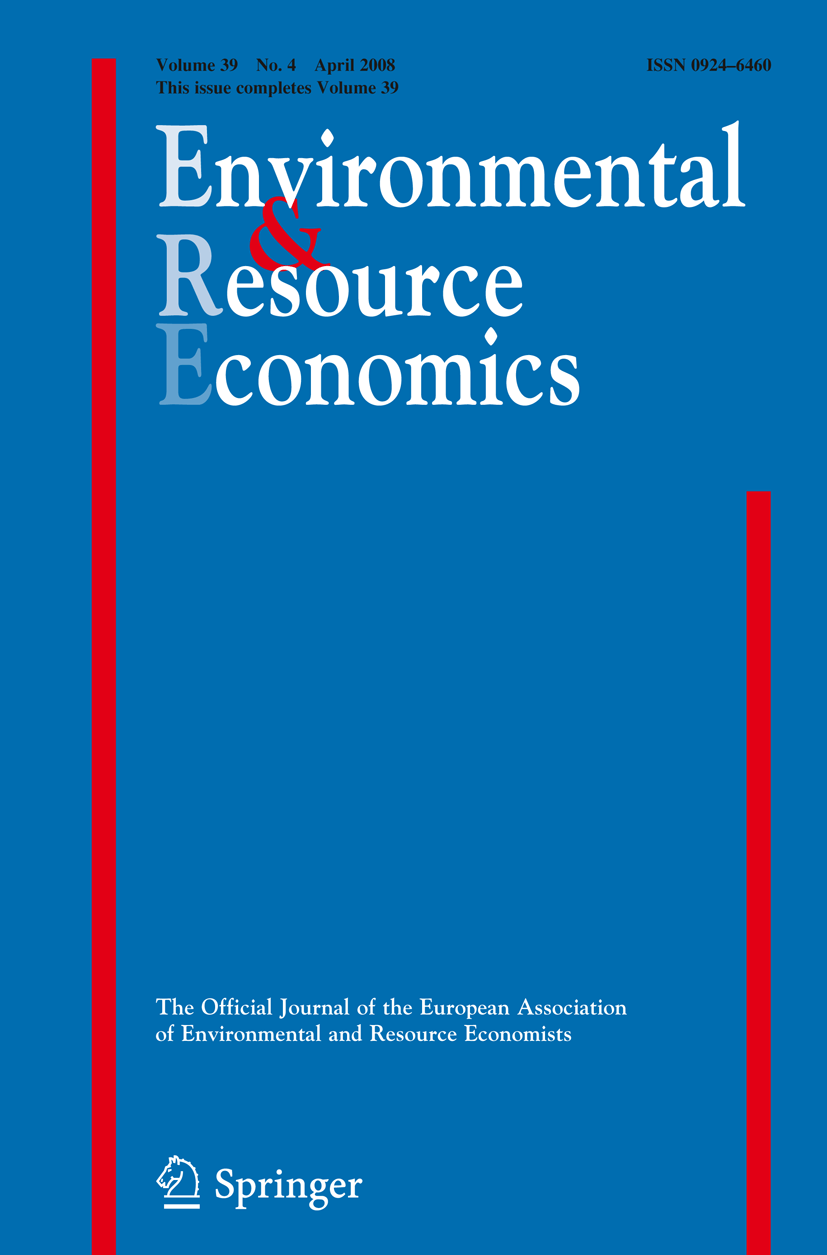Temperature Variability and the Macroeconomy: A World Tour

28.06.2021
Michael Donadelli (University of Brescia); Marcus Jüppner (Deutsche Bundesbank, Goethe University Frankfurt); Sergio Vergalli (University of Brescia)
Environmental and Resource Economics (2021)
This paper uses historical monthly temperature level data for a panel of 114 countries to identify the effects of within year temperature level variability on productivity growth in five different macro regions, i.e., Africa, Asia,Europe, North America and South America. We find two primary results. First, higher intra-annual temperature variability reduces (increases) productivity in Europe and North America (Asia). Second, higher intra-annual temperature variability has no significant effects on productivity in Africa and South America. Additional empirical tests indicate also the following: rising intra-annual temperature variability reduces productivity (even thought less significantly)in both tropical and non-tropical regions, inter-annual temperature variability reduces (increases) productivity in North America (Europe) and winter and summer inter-annual temperature variability generates a drop in productivity in both Europe and North America. Taken together, these findings indicate that temperature variability shocks tend to have stronger adverse economic effects among richer economies. In a production economy featuring long-run productivity and temperature volatility shocks, we quantify these negative impacts and find welfare losses of 2.9% (1%) in Europe (North America).
